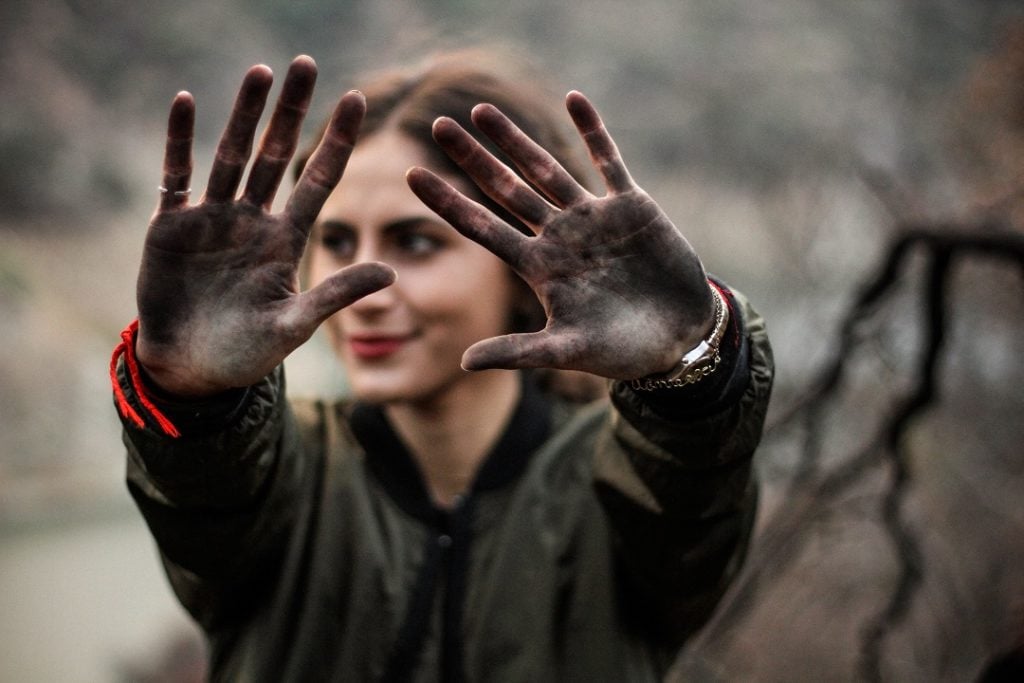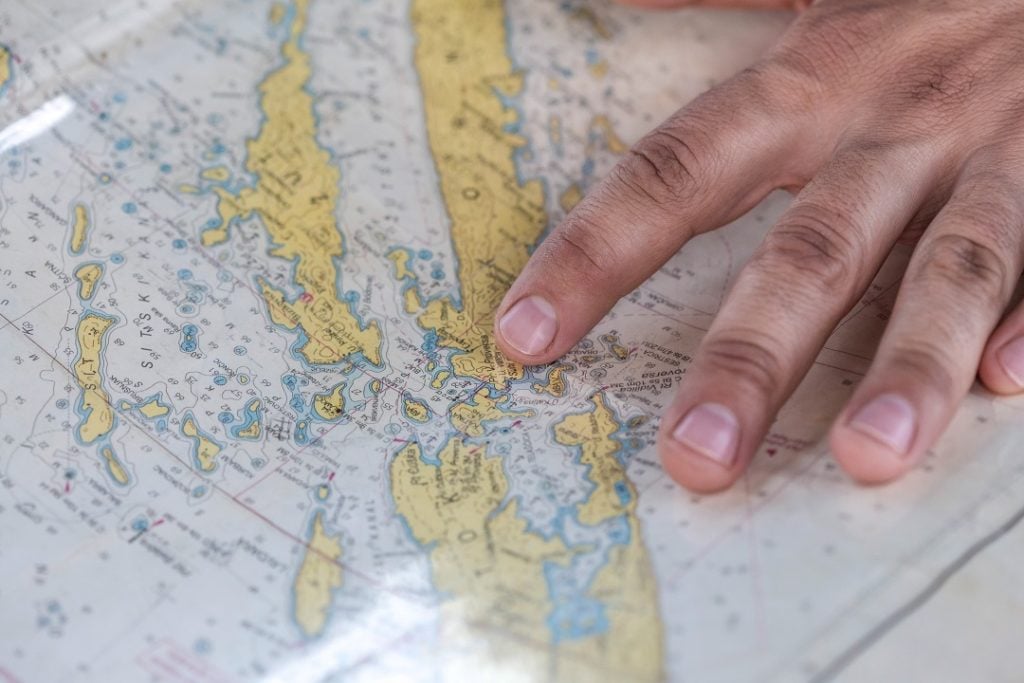As we head into winter and cold and flu season, it’s important to remember the importance of regular hand washing.
Washing your hands is one of the most effective ways to keep yourself and the people around you safe and free of disease. It’s fast, widely available, easy to do, and it can make a real difference!
Ask a First Derm Dermatologist

Thoroughly washing your hands is a great way to prevent the spread of germs
Our world is full of all kinds of bacteria and viruses, covering every surface. Every time we shake hands, open a door, or pick up a phone those germs gather on our hands.
When we use our hands to touch our food or scratch our face, we expose ourselves to germs and grime we have encountered throughout the day. Correct hand washing an effective way to prevent sickness.
Scrubbing our hands with soap breaks up dirt and oil that germs can hide in, and loosens up bacteria to be rinsed away. Every time we wash, we make our hands safe again.
Washing your hands several times a day is ideal. However, there are some specific times, when we are exposed to dangerous germs that have a lot of potential to make us sick, that hand washing is especially important. These include:
- Before and after preparing food, especially if we have touched raw meat
- After using the bathroom or changing a diaper
- After blowing our nose, wiping a child’s nose, or coughing or sneezing
- After caring for a sick person
- After treating a wound where the skin was broken
- After petting an animal or cleaning up after them
- Before putting in contact lenses
Ask a First Derm Dermatologist

This is what how our hands would look if we could see germs with our naked eye
Is there a right way to wash your hands? What about just rinsing them off or wiping them?
Those techniques do not remove the dangerous viruses or bacteria from your hands, leaving you vulnerable to infection.
Not washing your hands or washing your hands incorrectly is one of the fastest ways to spread disease, so it’s important to wash in a way that actually gets germs off your hands.
First, wet your hands with clean water.
Second, lather the entire hand, front and back, with soap. You can use any kind of soap: Bar, liquid, or powder; but antibacterial soap is not necessary. You just want something to dissolve dirt and oil.
Third, scrub your hands with the soap for at least twenty seconds. If you don’t like counting the time, you can sing “Happy Birthday” twice. Make sure to get between your fingers and under your nails, where germs tend to gather.
Fourth, rinse your hands well using clean water.
That’s it: Wet, Soap, Scrub, Rinse!

What if you are traveling and don’t have access to clean water?
Sometimes, we may not have access to soap or clean water. This can be a problem when traveling, and is a regular issue in many parts of the world.
The CDC recommends that you use soap and clean water to wash your hands whenever possible. If you have soap and only dirty water, that is a second-best option. If you have no soap or no water, you can use antibacterial hand sanitizing gels that contain alcohol.
These sanitizers are not ideal, as they are less effective than soap and water at removing germs from the skin and they do not wash away toxins or chemicals on your hands that can make you sick.
However, they are definitely a better choice than nothing.
Use a sanitizing gel that contains a minimum of 60% alcohol, and rub the recommended amount over your entire hands until they are dry.
Closely supervise children when using hand sanitizers, as they can be toxic if swallowed.
Washing your hands might seem like a small thing, but it is by far the easiest and most effective way to stop the spread of illness.
This winter, practice regular hand washing to protect yourself, your family, and your entire community from disease.
Latest Articles
Surge in Sexually Transmitted Infections Across Europe
surge in STIs in Europe: key prevention tips, symptom awareness, and the crucial role of routine health screenings
Importance of Sticking to Treatment Plans for Dermatology Patients
Discover the crucial role of sticking to dermatology treatment plans for improved health outcomes. Learn about the impact of adherence, challenges patients face, and strategies to enhance treatment success
Ask a Dermatologist Now
Anonymous, fast and secure!

The Specialist doctor from the University Hospital in Gothenburg, alumnus UC Berkeley. My doctoral dissertation is about Digital Health and I have published 5 scientific articles in teledermatology and artificial intelligence and others.



